B2B buyers expect a seamless, self-service experience with functionalities that cater to their unique purchasing processes—often more complex than those in B2C transactions. As decision-makers in retail businesses seek to scale their operations and deliver outstanding customer experiences, understanding the key features that make a trade portal successful is critical.
This blog explores essential capabilities, such as product configurators, catalogue management, and the tech stack needed to run a modern B2B trade portal efficiently.
Why a Modern B2B Trade Portal is Crucial?
Before diving into the specifics, it’s important to understand why upgrading or investing in a modern trade portal matters. The B2B buying journey is no longer solely reliant on sales teams but has transitioned to digital, where businesses prefer to research and buy products online. A trade portal provides:
Let’s now explore the essential capabilities that a B2B trade portal should offer to stay competitive.
1. Product Configurator & Catalogue Management
A critical feature of any modern B2B trade portal is its ability to manage complex product configurations and catalogues, tailored to B2B buyers. In industries where customers require customised products—such as manufacturing, electronics, or packaging—providing real-time product configuration tools makes all the difference.
Key Aspects:
- Product Configurator: This feature allows buyers to select specific product options, such as size, material, and specifications. It simplifies the complexity involved in ordering customisable products. Buyers can instantly see the impact of different configurations on pricing and delivery timelines.
- Catalogue Management: In a B2B setting, catalogues are dynamic and often complex, with tiered pricing, customer-specific discounts, and large inventories. Your portal must allow seamless management of catalogues, including the ability to present different product listings to different customer groups. A good PIM (Product Information Management) system integrated with your portal enables real-time updates and ensures consistency across all touchpoints.
2. Order Management System (OMS) Integration
Efficient order management is the backbone of any B2B trade portal, as businesses often handle high-volume, complex orders that involve multiple stakeholders. Integration with an OMS is critical for ensuring smooth order processing, real-time inventory tracking, and streamlined fulfilment processes.
Key Aspects:
- Real-time Inventory Visibility: Buyers need to know if their desired products are in stock before placing large orders. Integrating the portal with your OMS ensures real-time inventory visibility across multiple warehouses and channels.
- Order Status Updates: After placing an order, buyers should receive real-time status updates, from order confirmation to shipment tracking. This builds trust and improves the overall customer experience.
- Multi-location Fulfillment: For B2B businesses operating globally or across multiple locations, an OMS can route orders to the nearest or most cost-effective fulfilment centre.
3. Pricing & Contract Management
B2B pricing models are often complex, with discounts, volume-based pricing, and customer-specific contracts being common. Your trade portal must offer the flexibility to handle such custom pricing and contract terms efficiently.
Key Aspects:
- Custom Pricing: The portal should provide the ability to offer different pricing tiers based on customer relationships, order volumes, or other negotiated terms. This reduces manual interventions, ensuring correct pricing for each customer.
- Automated Contracts: For businesses handling long-term contracts, the portal should allow for automatic application of contract terms during the checkout process, including payment schedules, delivery conditions, and specific product warranties.
- Quote Management: For more complex B2B transactions, a built-in RFQ (Request for Quote) feature allows customers to request quotes directly through the portal, with the ability to review and accept offers online.
4. Omnichannel Experience
Today’s B2B buyers interact with businesses across multiple channels—desktop, mobile, phone, or even in person. A modern trade portal must ensure a seamless experience regardless of the platform a customer uses.
Key Aspects:
- Consistent Experience: Whether the buyer is browsing on a mobile device or placing a bulk order from a desktop, the experience should remain consistent. This includes access to personalised catalogues, saved configurations, and real-time order history.
- API-First Architecture: To enable omnichannel experiences, adopting an API-first approach is critical. APIs allow the trade portal to communicate with external systems like CRM, ERP, and third-party apps, ensuring that data flows seamlessly between channels. This is key for B2B businesses where buyers might interact across different touchpoints before completing an order.
- Unified Customer Data: Integrating your CRM with the trade portal ensures that customer data—purchase history, preferences, and even abandoned carts—are accessible across all channels, empowering sales teams to engage effectively.
5. Self-Service Capabilities
B2B buyers today expect a high level of autonomy when it comes to managing their accounts, placing orders, and handling returns. Offering robust self-service features through the portal can improve efficiency and customer satisfaction.
Key Aspects:
- Reorder Functionality: Many B2B businesses operate on recurring orders. A one-click reorder feature allows buyers to easily replicate previous purchases, saving time and effort.
- Invoice & Payment Management: Customers should be able to view past invoices, manage outstanding payments, and choose from flexible payment options (including credit terms, bank transfers, and more). This is especially important in B2B environments, where invoices can involve large sums and extended payment terms.
- Returns & Refunds: Offering a streamlined process for returns, replacements, and refunds helps build customer trust. The portal should allow customers to initiate return requests, track the status, and manage any associated logistics.
6. Tech Stack: CMS, PIM, OMS, and Beyond
To deliver a cutting-edge B2B trade portal, you’ll need the right tech stack. Here's a look at the foundational systems that should integrate with your trade portal.
Key Systems:
- CMS (Content Management System): Your portal should integrate with a CMS to manage content, product descriptions, guides, and FAQs. It helps deliver personalised content based on customer profiles, industry segments, and past interactions.
- PIM (Product Information Management): A robust PIM system ensures that product data—such as descriptions, images, SKUs, and specs—are updated across all channels, ensuring consistency and accuracy.
- OMS (Order Management System): An integrated OMS manages orders across multiple sales channels and ensures that orders are processed efficiently and on time.
- API-first Approach: To integrate all these systems seamlessly, your portal must adopt an API-first architecture, allowing flexibility to scale, add new services, or integrate third-party applications as needed.
Conclusion
A modern B2B trade portal is more than just a sales platform—it’s a comprehensive tool designed to improve efficiency, enhance customer experiences, and scale with your business. By focusing on key features such as product configurators, catalogue management, pricing flexibility, and omnichannel experiences, your business can stay ahead of the competition and deliver the seamless, personalised service that today’s B2B buyers demand.
Investing in the right tech stack, including CMS, PIM, and OMS, further strengthens your trade portal's capabilities, ensuring it meets the complexities of B2B operations. The future of B2B commerce is digital, and with a robust trade portal, your business can thrive in this dynamic landscape.
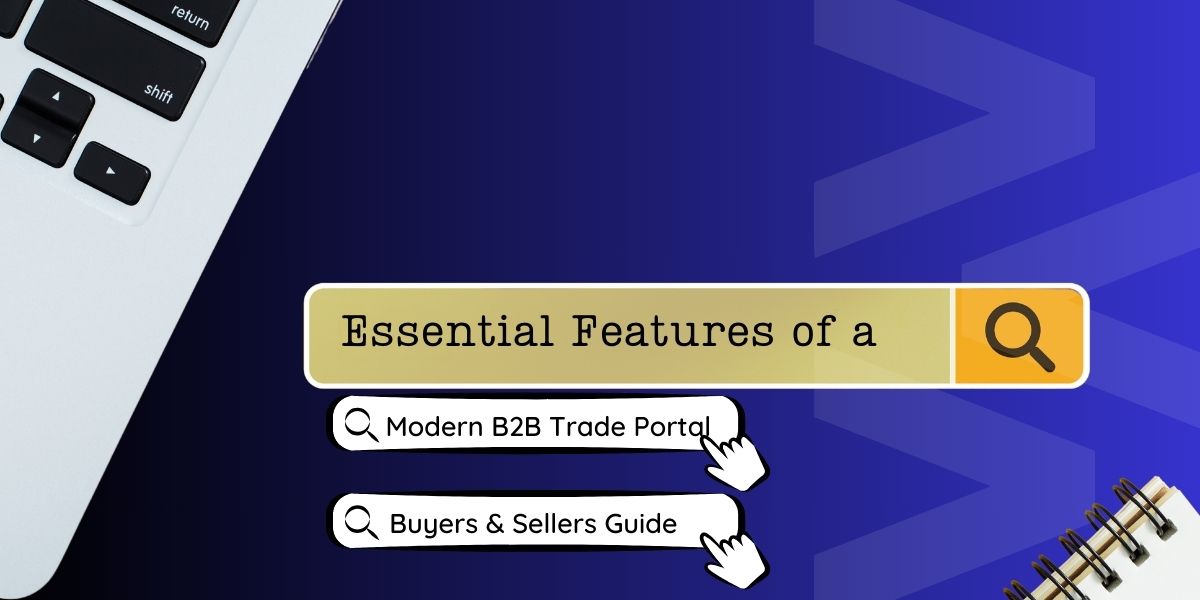

































































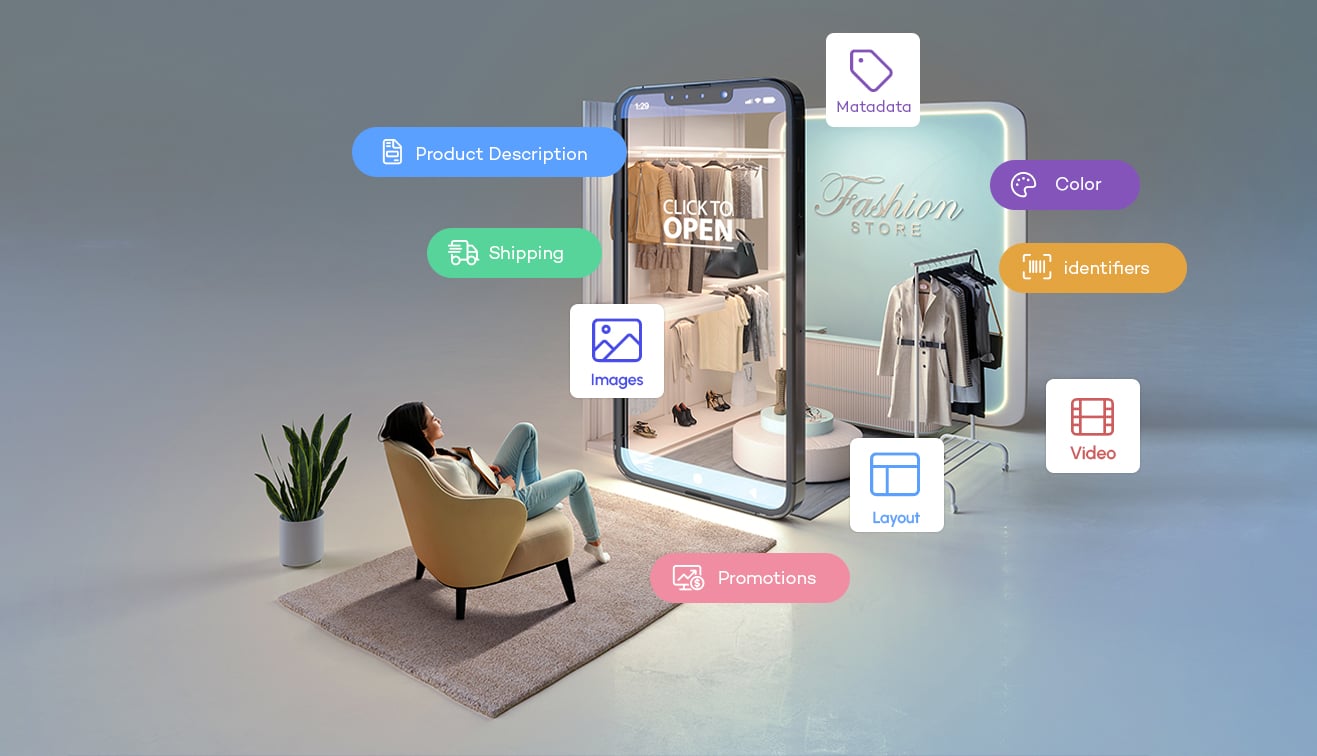





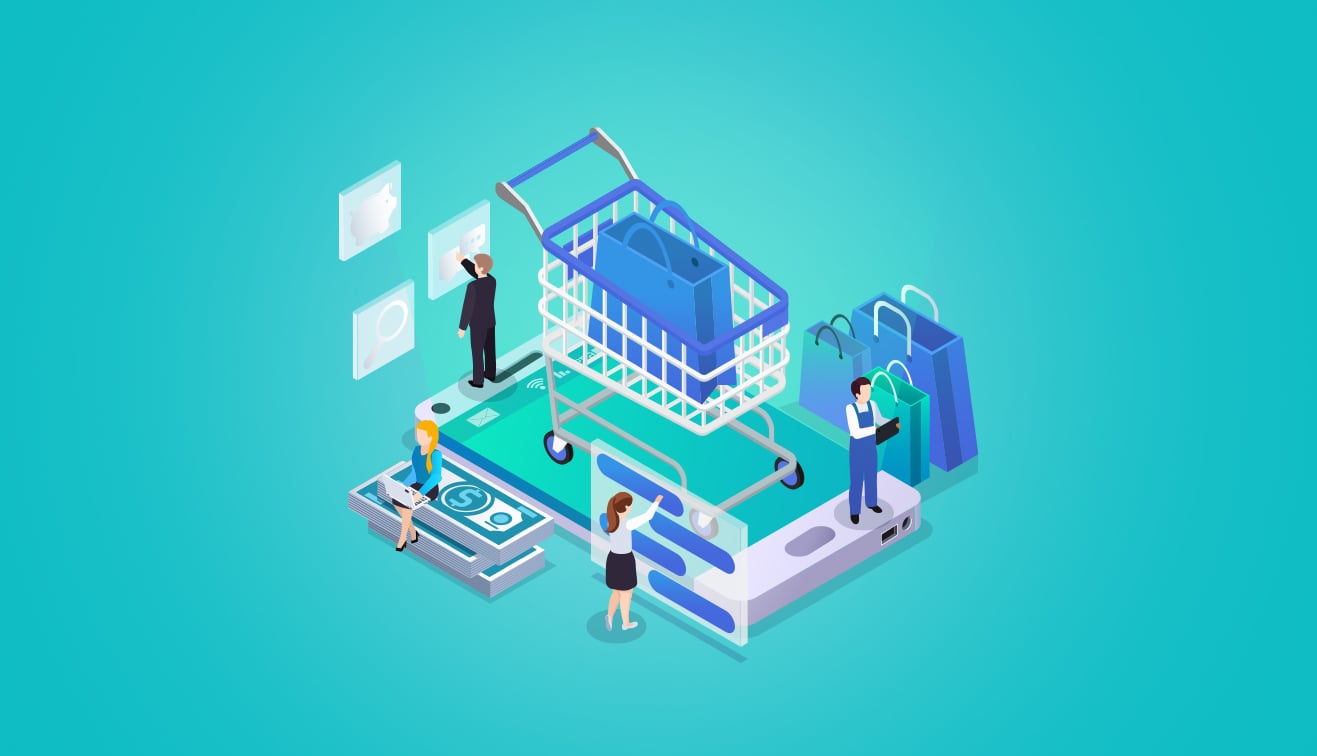

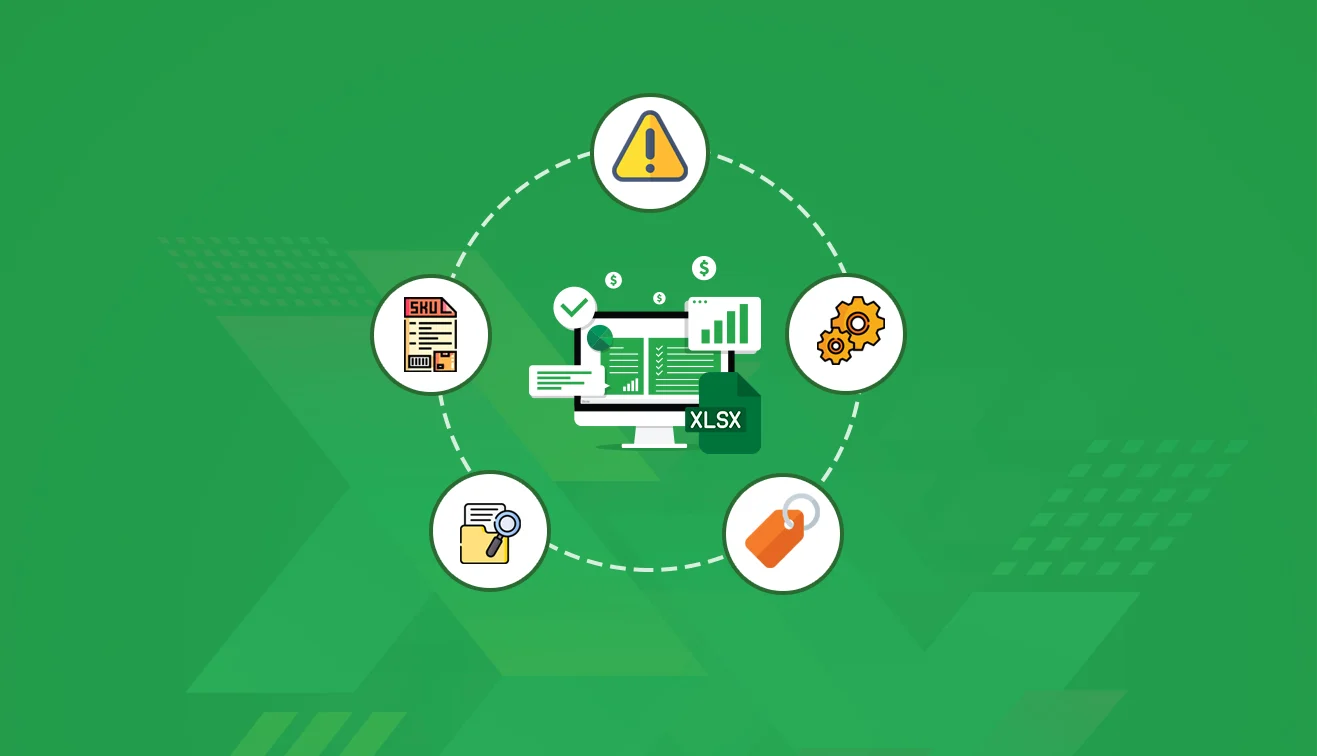
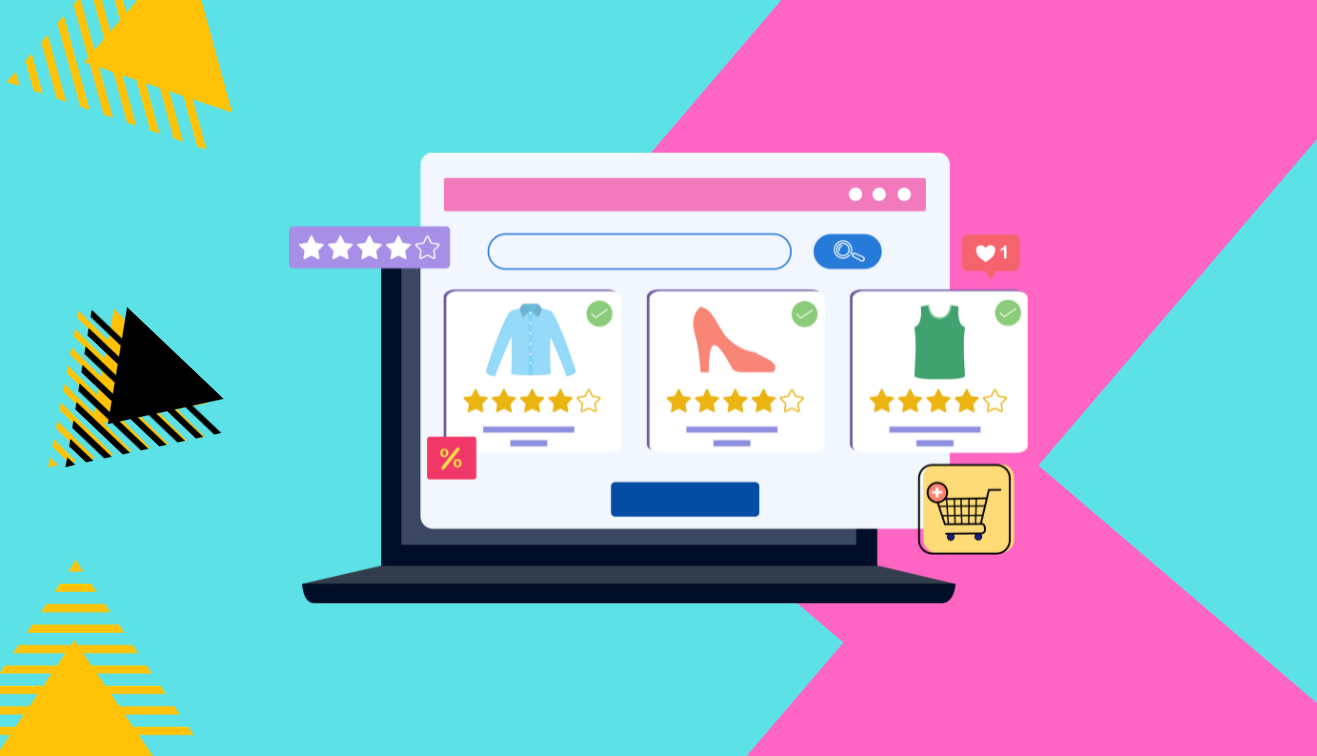
.jpg?w=3840&q=75)
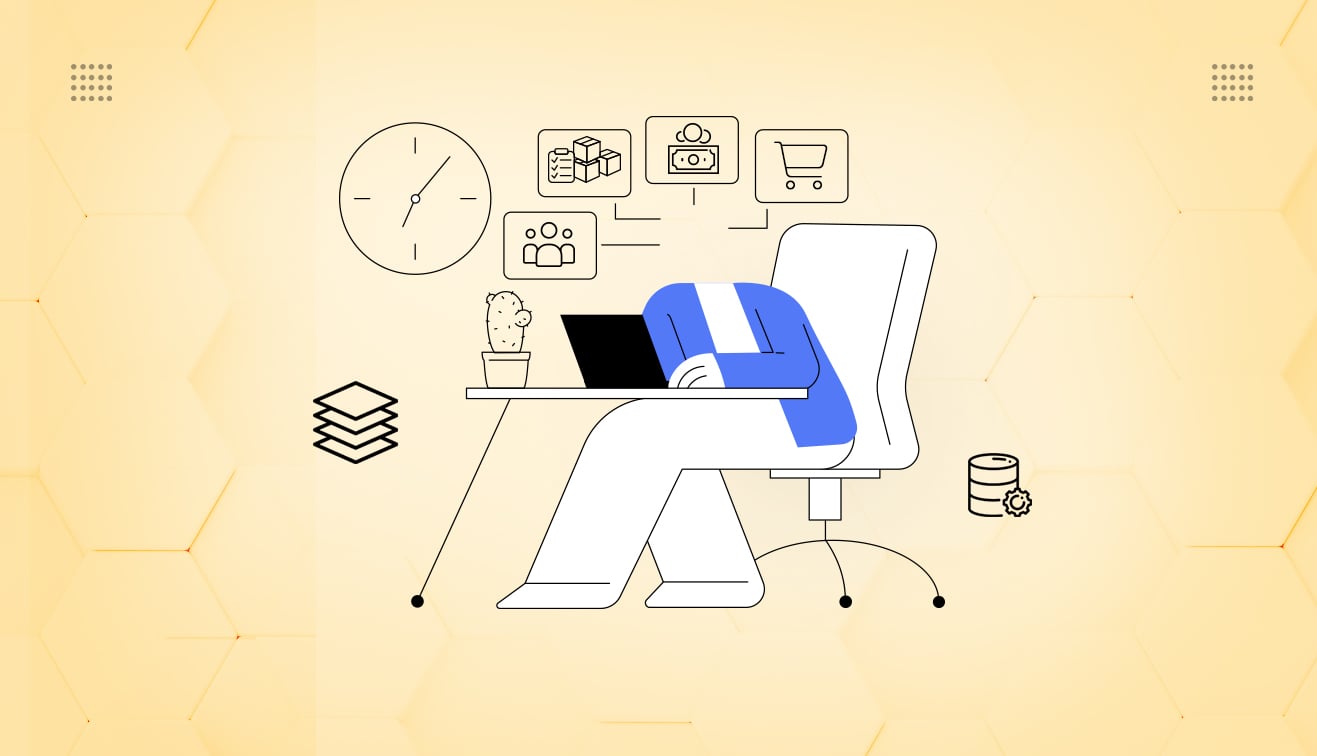

.png?w=3840&q=75)
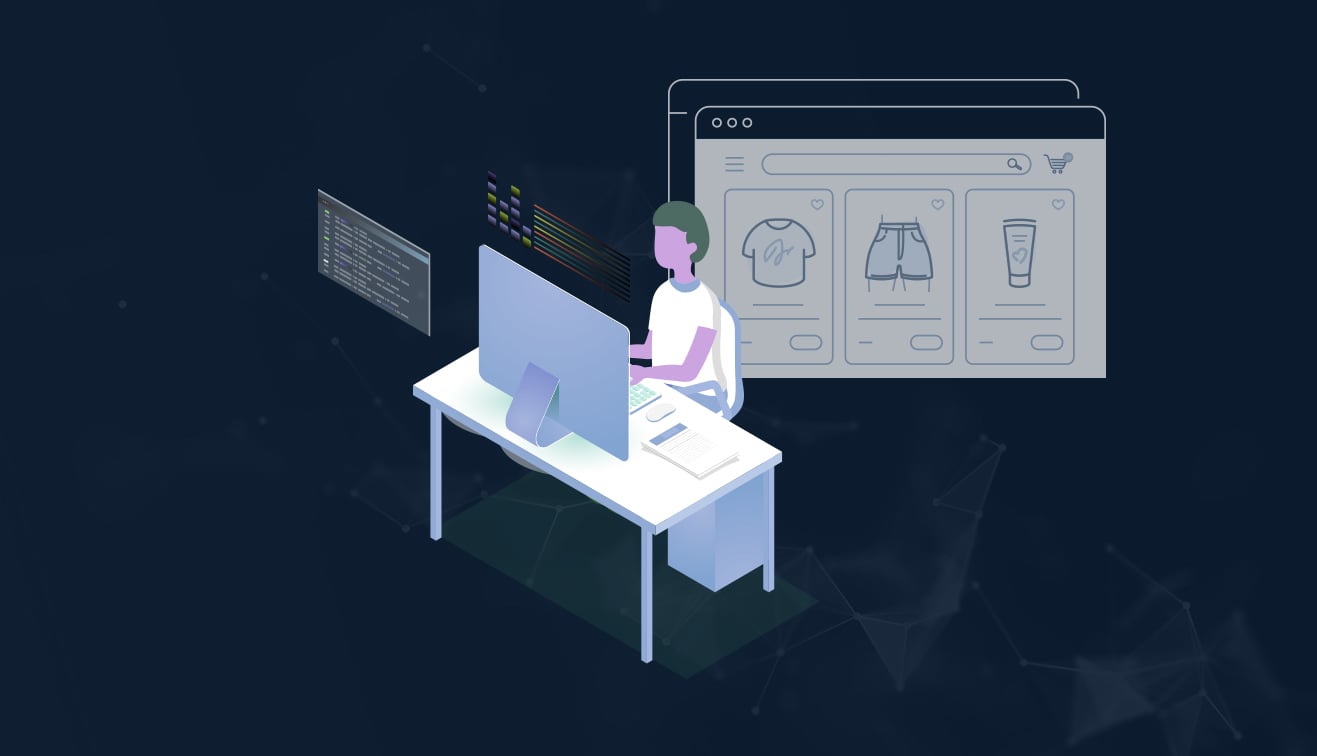



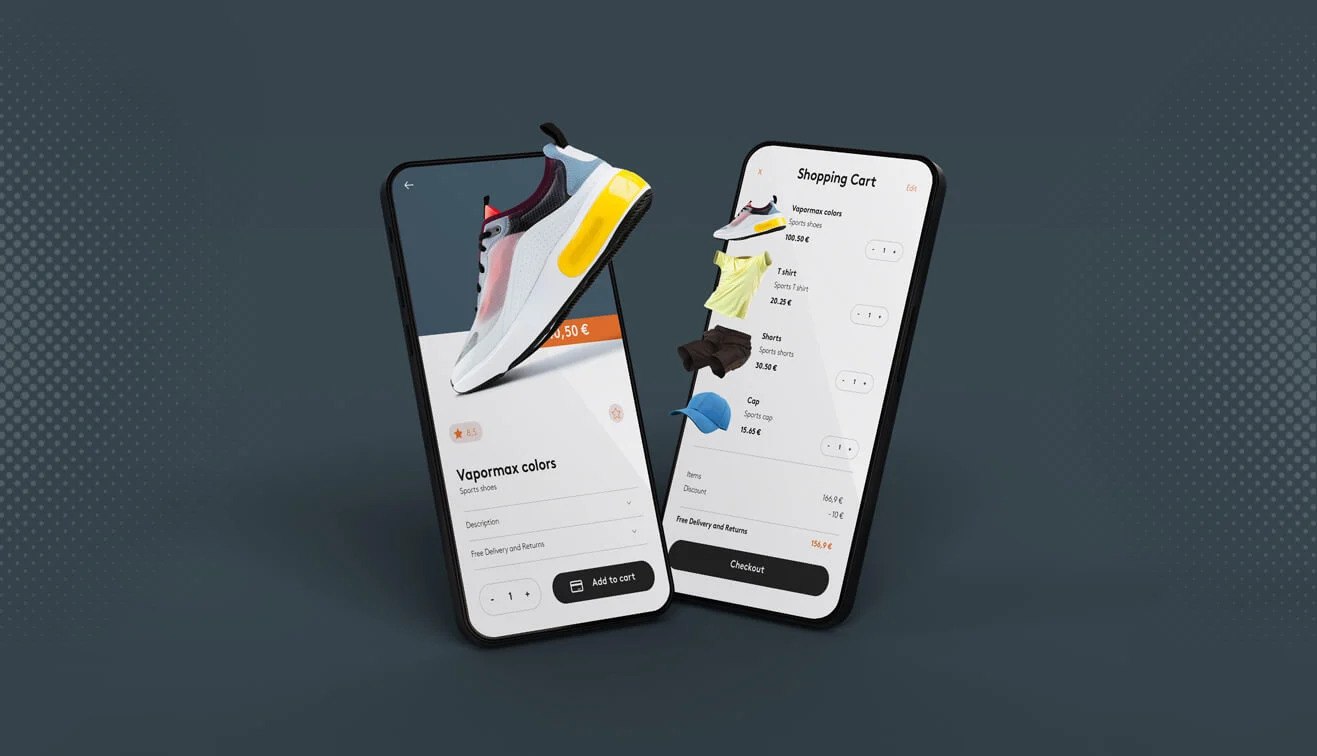
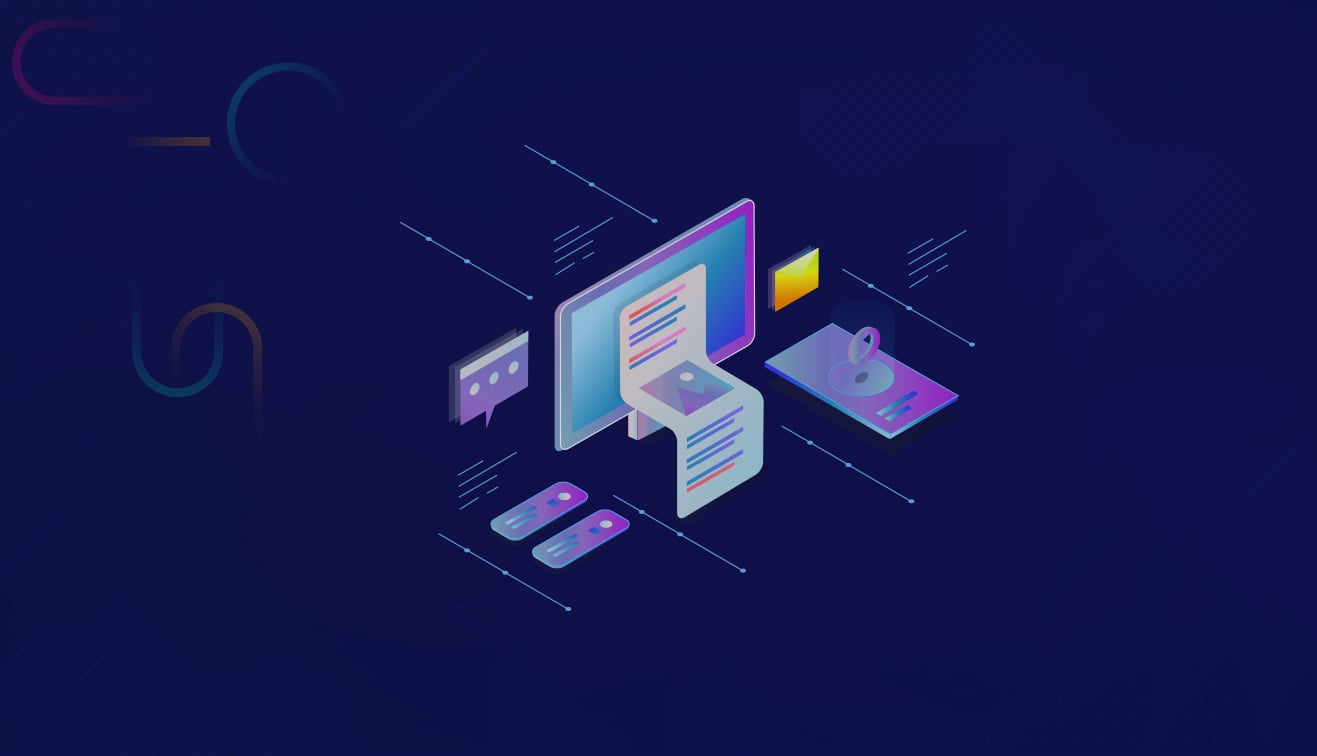


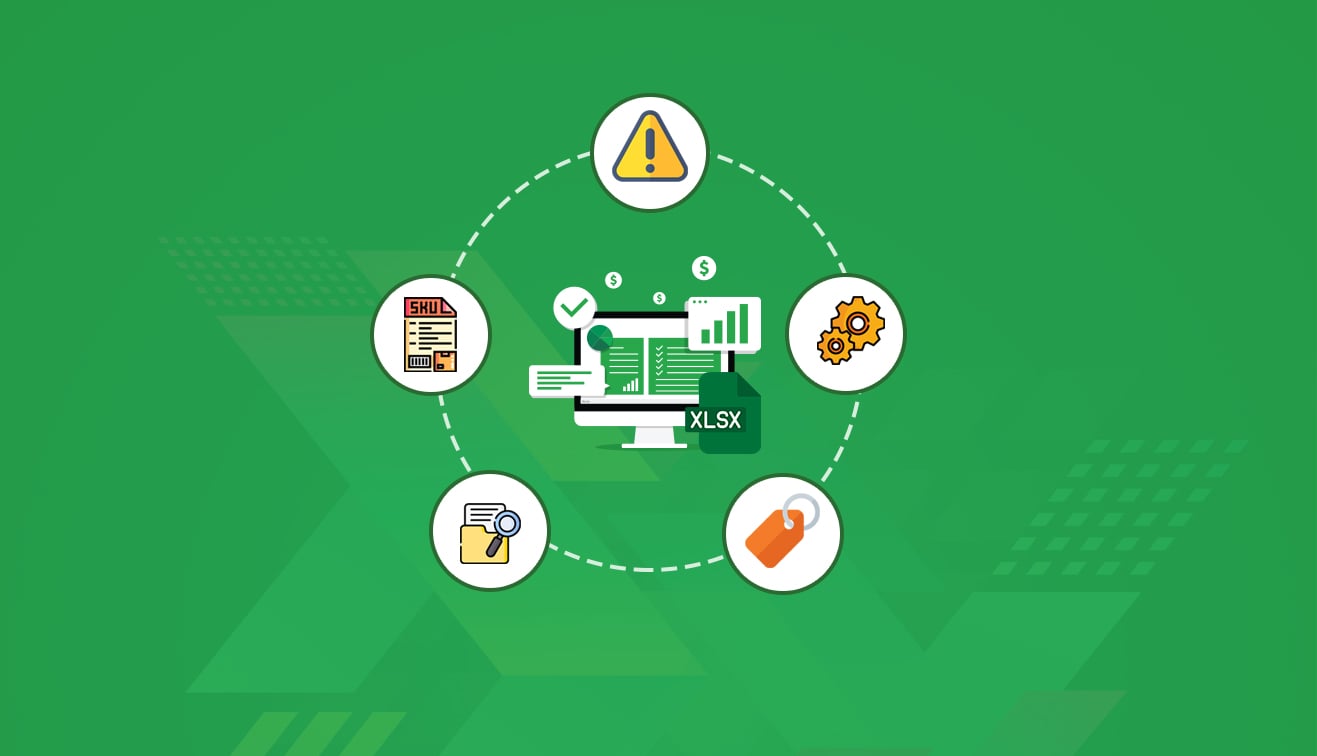
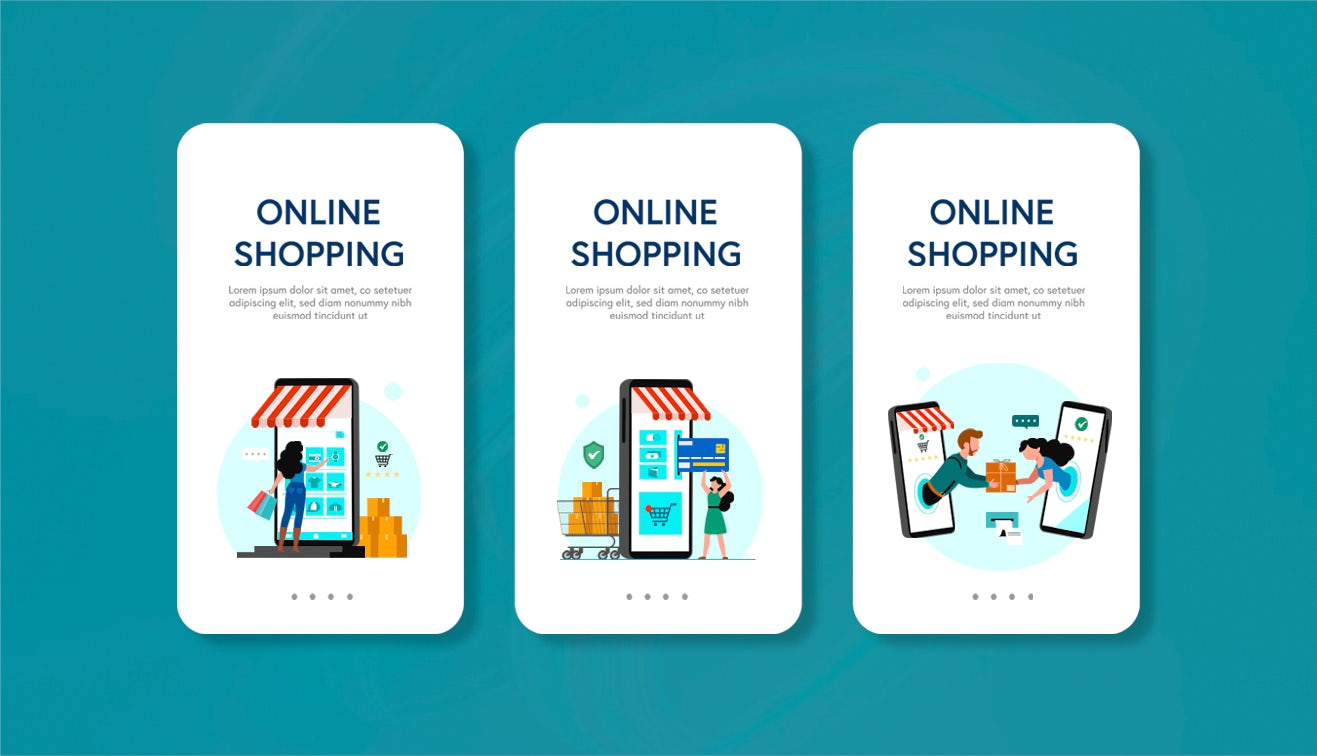

.jpg?w=3840&q=75)

